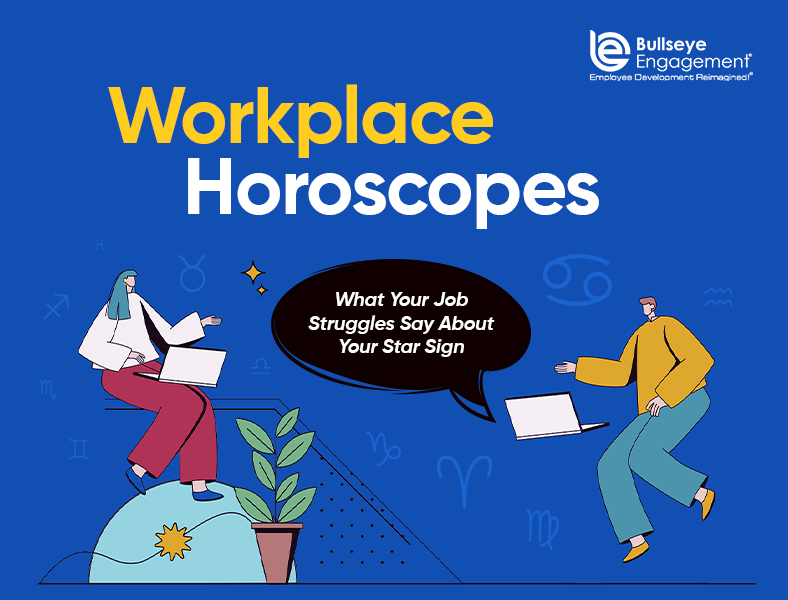
Diversity in the workplace is considered to be a driving force for better team performance. In contrast to yesteryears when organizations would demand sets of employees with similar traits, qualifications and expertise, today, a diverse range of skills, expertise and experience is appreciated much more. The diversity obviously being pointed out here is with regard to work, and is a big step ahead of the usual narrow terms: sexual orientation, gender, ethnicity, religion, and/or age.
Work style diversity is now being given serious importance today, as some work styles can truly bring better thinking processes, improved organization methods and quality task completion against time. Work style diversity should always be on your mind, and this should be a consistent approach to having a recruiting and on-boarding solution.
Types of employees at your workplace
You are most likely to meet four types of people in every office you work at. These include:
- Plan-focused, organized, and detail-oriented
- Expressive, supportive, and emotionally oriented
- Analytical, logical, and data-oriented
- Integrative, strategic, and idea-oriented
Why similar work personalities will result in clashes
It has been established now that team members that have the same work style will likely run into trouble at some point. An example of this is observed when all team members have a strategic, big-picture, intuitive approach to work that conflicts with your project plan’s structure. You are likely to have an inflated budget and remain behind schedule.
Also, if all team members have a linear, analytical, and planned approach to work and dislikes disruption, building an innovative new product would be quite far from possible. This is definitely a situation that you don’t want to be in if you want to bring about better business results.
Promoting and leveraging work-style diversity
Your work style will point to the results you bring about. Just like a game of poker, where betting patterns can be used for guessing an opponent’s hand, work patterns/approaches can be used for determining the results that employees will bring about. The same rules apply to work style because an employee’s work style is likely to point towards the results he or she will bring in at the end of the day. A desirable diverse work style will almost always allow you to improve your performance management.
Evaluate your employees by asking the following questions
- Does your employee consistently meet deadlines comfortably, or in advance of deadlines, or does he or she wait till the final hour to rush things?
- Does he or she use gestures and make use of her hands while speaking? Or does he or she seem more controlled with movements?
Usually, when recruiting new prospects, the above points are taken into account for determining whether or not you’re achieving better performance management targets. Since work styles are actually ingrained, it’s considered more important to recruit the right individual as opposed to spending time developing an employee. So, start by building a diverse work group by recruiting the types of individuals you want. When you notice that one or two work styles may be overrepresented in your company, it’s perhaps a good idea to add some fresh blood. And whatever you do, no matter what types of employees you have, you must make sure you Keep Your Employees Engaged.

















